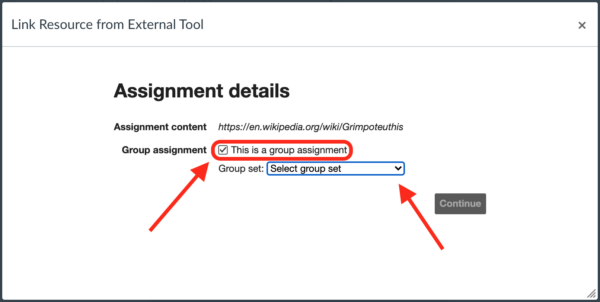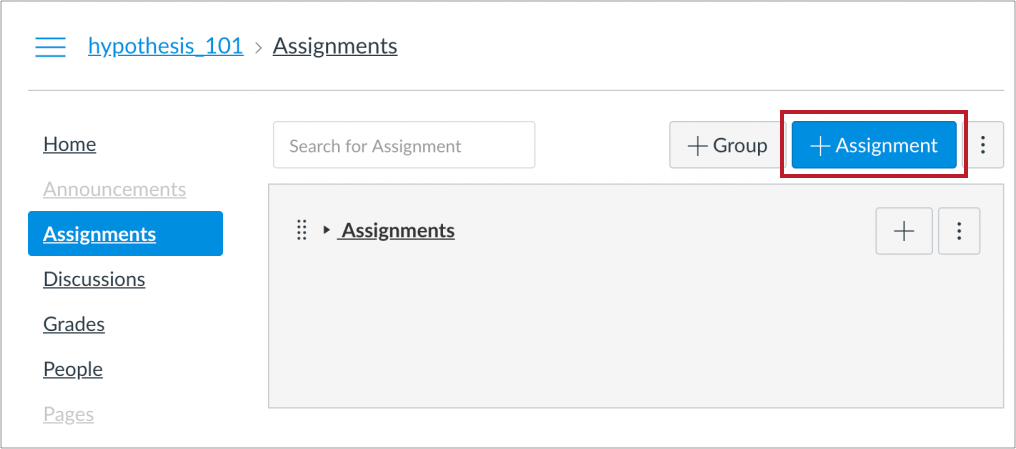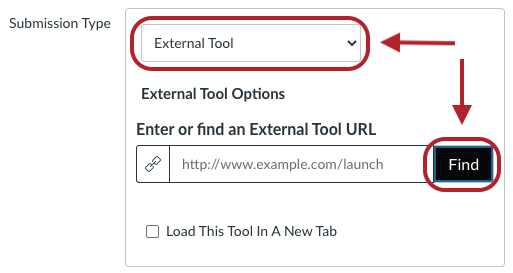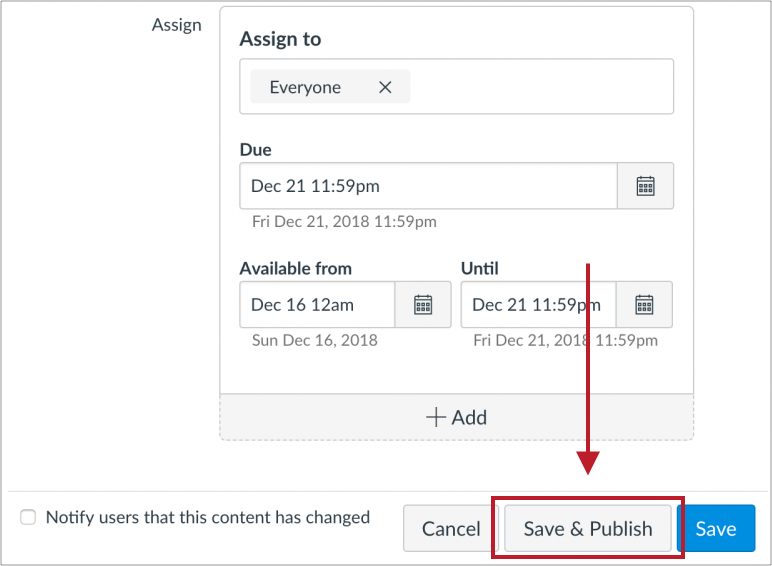How do I Create the Hypothesis App in Canvas (LMS)?
Answer
Using the Hypothesis LMS App With Modules in Canvas
Note: if you want to use our SpeedGrader integration to assess students’ annotations, you’ll need to create your Hypothesis-enabled readings as Assignments rather than Module Items.
1. Select “Modules” from your course Navigation sidebar

2. Click the “+” button next to a Module to add a new Module Item

A list of tools that have been installed for your course site will appear. Click on Hypothesis.

3. Select the content source to use for your reading
You will have the option to enter a publicly-viewable URL, select a file from your Canvas file repository, select a PDF from Google Drive, or select a PDF from OneDrive.

Expand the sections below for instructions to use each option:
Enter URL of web page or PDF
Select PDF from Canvas
Select PDF from Google Drive
Select PDF from OneDrive
4. Indicate if this will be a Group assignment
Note: This feature requires that advanced Canvas integration has been enabled.
By default your Hypothesis reading will make all annotations visible to all students, or, if Sections integration is enabled, split into smaller reading groups based on Canvas Section membership.
You have the option to allow the creation of reading groups based on a pre-existing group set. To enable this, check the box to indicate This is a group assignment, then select the appropriate existing group set from the drop-down list.

If you do not want to designate the reading as a groups assignment, leave the Group assignment box unchecked.
Click the Continue button.
5. Rename your Module Item
Use the Page Name text box to give your Module Item a sensible title, then click Add Item:

You will now see your Hypothesis-enabled Module Item listed on the Modules page.
6. Preview your Hypothesis-enabled reading
The reading should open with the Hypothesis sidebar loaded.

You and your students will now be able to select text and annotate.
Aug 11, 2023
Using the Hypothesis LMS App With Assignments in Canvas
Using the Hypothesis app within Assignments allows some additional functionality over creating Module Items. Instructors can assess student work in SpeedGrader, assign the reading/annotating to a particular Canvas Group and also set due dates or dates of availability for the Assignment.
Watch a video explanation here https://youtu.be/JgyOcXIB5Pk
1. Select “Assignments” from your course Navigation sidebar

2. On the Assignments page click the “+ Assignment” button

2. Scroll down to the Submission Type field
Note: some users may have to click a More Options button to see this field.
From the drop-down menu, choose External Tool and click Find

Then click Hypothesis from list of tools

3. Select the content source to use for your reading
You will have the option to enter a publicly-viewable URL, select a file from your Canvas file repository, select a PDF from Google Drive, or select a PDF from OneDrive.

Expand the sections below for instructions to use each option:
Enter URL of web page or PDF
Select PDF from Canvas
Select PDF from Google Drive
Select PDF from OneDrive
4. Indicate if this will be a Group assignment
By default your Hypothesis reading will make all annotations visible to all students, or, if Sections integration is enabled, split into smaller reading groups based on Canvas Section membership.
You have the option to allow the creation of reading groups based on a pre-existing group set. To enable this, check the box to indicate This is a group assignment, then select the appropriate existing group set from the drop-down list.

If you do not want to designate the reading as a groups assignment, leave the Group assignment box unchecked.
Click the Continue button.
5. You will be returned to the Configure External Tool window
Notice that the URL text box is now populated.
Tip: We recommend checking the “Load In A New Tab” option. This will allow for a better reading experience for students, especially those who magnify the contents of their screen for accessibility purposes.
Click the Select button.

6. Edit the Assignment name, instructions, due dates, and any other settings you wish to change
Scroll down and click Save or Save & Publish

7. Preview your Hypothesis-enabled reading
The reading should now open with the Hypothesis sidebar loaded.

You and your students will now be able to select text and annotate.